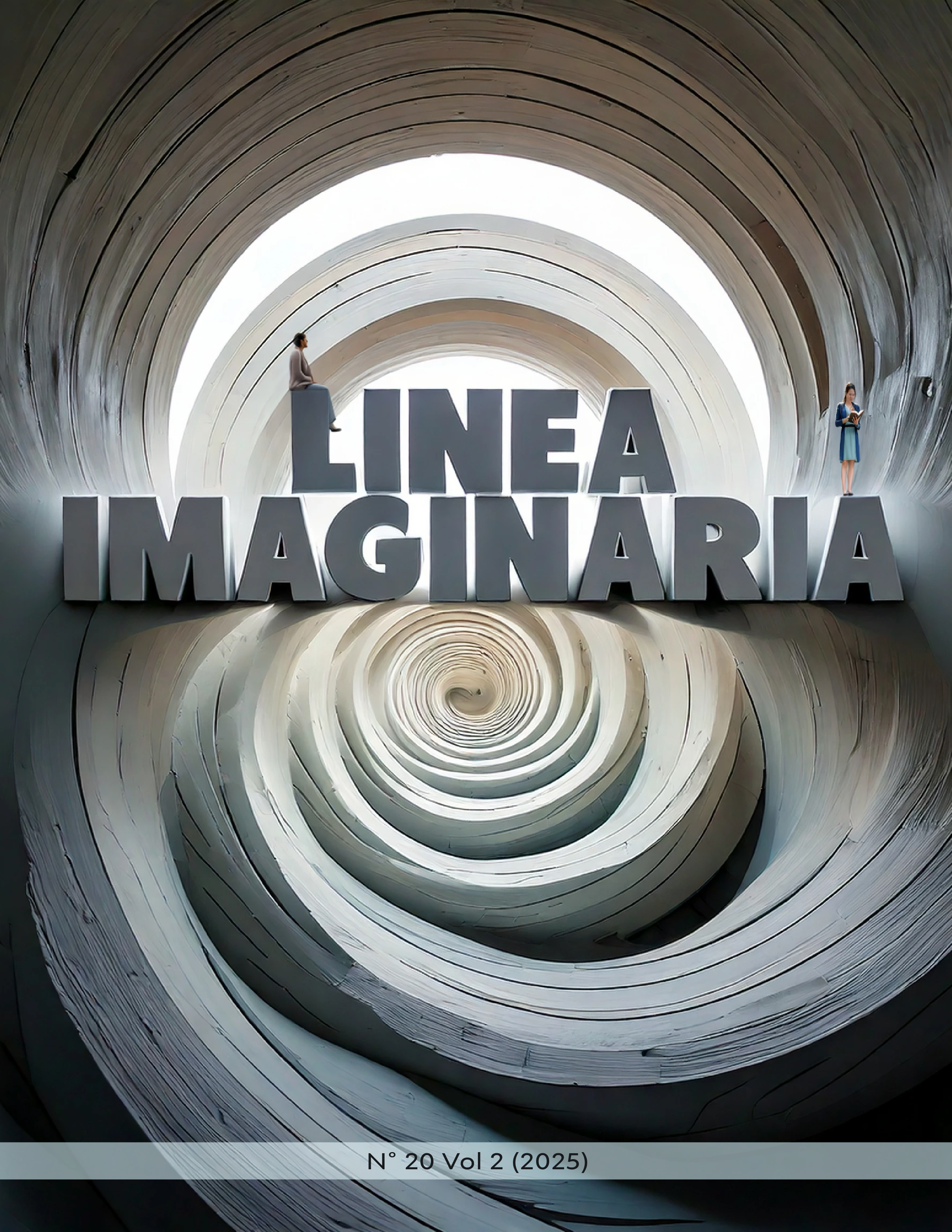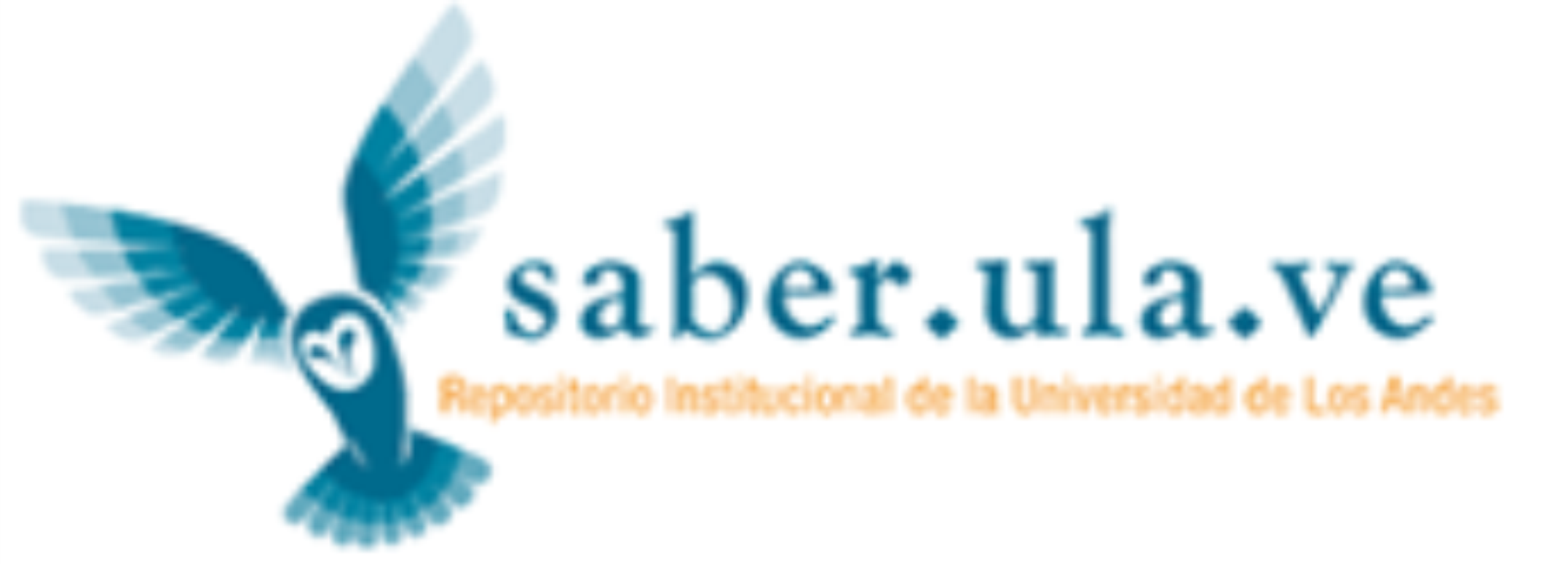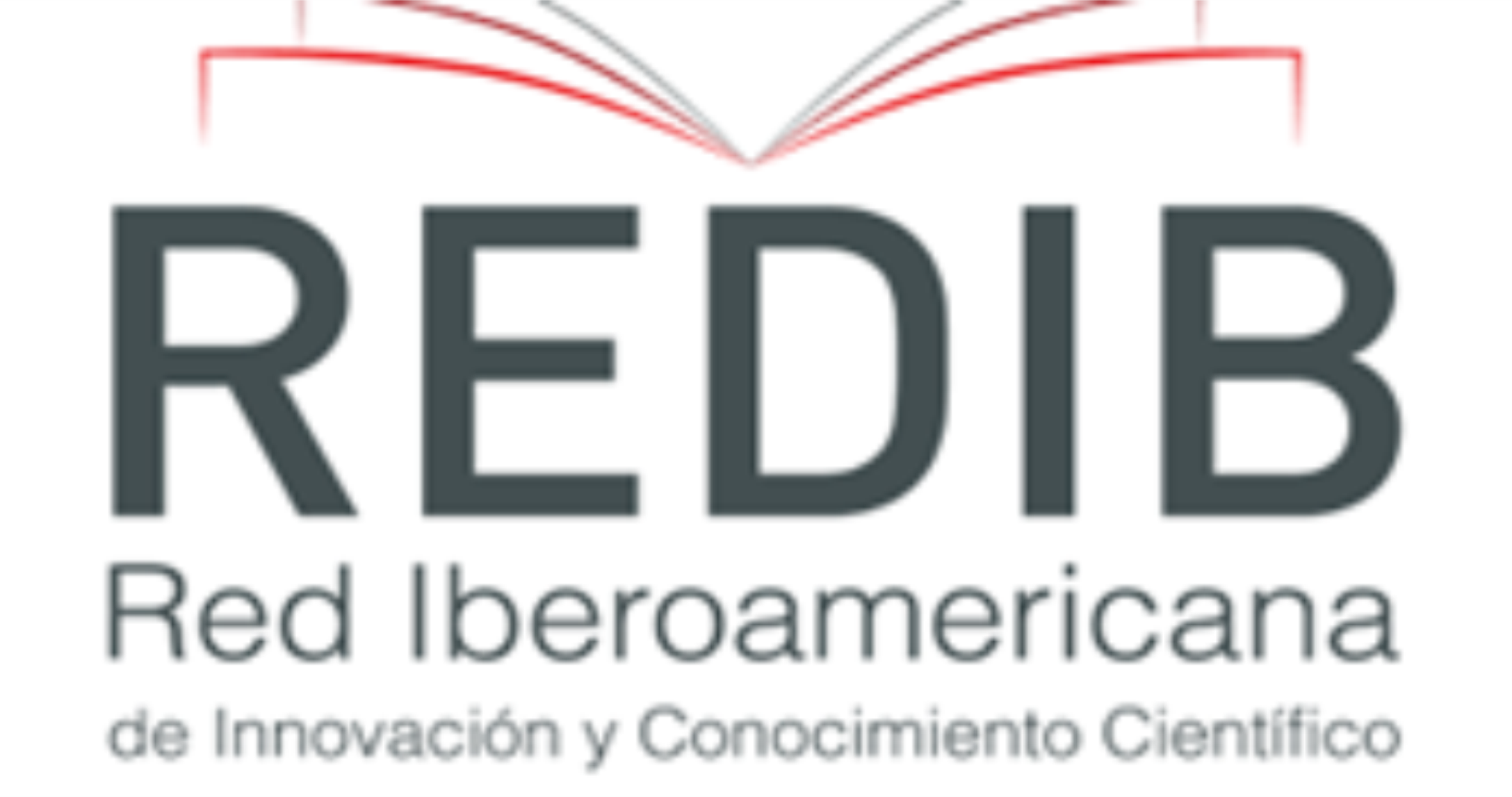EXPERIENCES OF EDUCATIONAL INNOVATION FROM A SOCIO-HUMANIST VISION IN THE CURRENT COMPLEXITY.
DOI:
https://doi.org/10.56219/lneaimaginaria.v2i20.3766Keywords:
Modalities and experiences of educational innovation, socio-humanistic education, complexity theory, socio-trainingAbstract
Education as a fundamental human right and associated with the formation of human beings in all their potentialities, attitudes, motivations, behaviors, cognitions and values, requires the adaptation and assimilation of educational systems and State policies, programs and projects, in order to achieve innovation based on socio-cultural transformations, since all social change is a causal factor for changes in the functioning of educational institutions. Therefore, there are considerable reasons to approach a series of educational innovation experiences, not only from the technological field, but also from the emerging curricular conceptions. In this sense, each of the creative proposals is associated with methodologies, methods and didactic conceptions that allow expanding the possibilities of integrating new forms of teaching and learning orientation in the various levels and modalities of formal education. In this sense, the purpose of this article, based on an exhaustive documentary review of specialized academic texts and scientific reports of interest, links a series of experiences in educational innovation from the socio-humanistic vision of current complex realities, such as project-based learning, inclusive education, the development of creativity, artificial intelligence, the construction of digital citizens from the use of open educational resources (OER) and the conformation of new forms of learning, among others, will be the elements that will shape the scientific production.
Downloads
References
Barragán, R. y Diaz, M. (2021). Centros educativos. Transformación digital y
organizaciones sostenibles. Aprender y enseñar en tiempos de pandemia.
España: Dykinson S.A.
Borrego, D. y otros. (2018). Tic - Innovación – Educación. Aportes, Estudios Y
Reflexiones. México: Palibrio.
Casanova, M. (2009). Diseño curricular e innovación educativa. España: La Muralla.
Fernández, J. y Elortegui, N. (2020). Cómo hacer unidades didácticas innovadoras (3ra.
Edición). España: Diada Editora.
Fernández, J. y López, A. (2019). Nuevos horizontes en educación: innovaciones y
experiencias. España: Octaedro.
Fernández, M. y Alcaraz, D. (2016). Innovación Educativa. Más allá de la ficción. España:
Pirámide.
González, T. y Pardo, R. (2015). La educación experiencial como innovación educativa.
España: Plaza y Valdés.
Janc, H. (2017). El rumbo de la transformación educativa. Temas, retos globales y
lecciones sobre la reforma estructural. México: Fondo de Cultura Económica.
Lozano, A. y Herrera, J. (2013). Diseño de programas educativos basados en
competencias. México: Ediciones del Tecnológico de Monterrey.
Moschen, J. (2015). Innovación Educativa. Decisión y búsqueda permanente (2da.
Edición). Argentina: Bonum.
Ramírez, M. (2022). Estrategias de innovación para ambientes de aprendizaje. España:
Síntesis.
Ramírez, M. y Valenzuela, J. (2020). Innovación educativa: tendencias globales de
investigación e implicaciones prácticas. España: Octaedro.
Selwyn, N. (2020). ¿Deberían los robots sustituir al profesorado? La IA y el futuro de la
educación. España: Morata.
Tobón, S. (2017). Metodología de la Gestión Curricular. México: trillas.
Vergara, J. (2015). Aprendo porque quiero. El Aprendizaje Basado en Proyectos (ABP),
paso a paso. España: Ediciones SM.
Downloads
Published
How to Cite
Issue
Section
License
Copyright (c) 2025 LÍNEA IMAGINARIA

This work is licensed under a Creative Commons Attribution-NonCommercial-ShareAlike 4.0 International License.
La revista Línea Imaginaria conserva los derechos patrimoniales (copyright) de las obras publicadas, que favorece y permite la reutilización de los mismos bajo la licencia Creative Commons Atribución-NoComercial-CompartirIgual 4.0 , por lo cual se pueden copiar, usar, difundir, transmitir y exponer públicamente, siempre que se cite la autoría y fuente original de su publicación (revista, editorial, URL y DOI de la obra), no se usen para fines comerciales u onerosos y se mencione la existencia y especificaciones de esta licencia de uso. Si remezcla, transforma o crea a partir del material, debe distribuir su contribución bajo la misma licencia del original.













